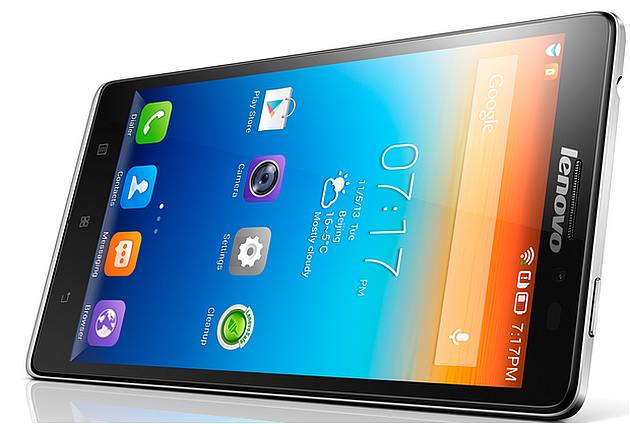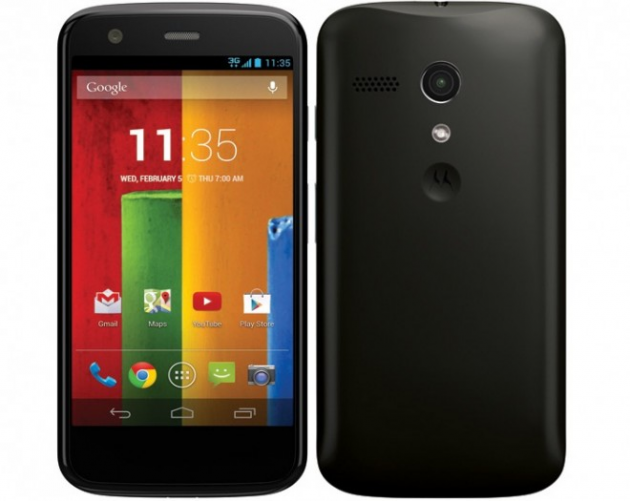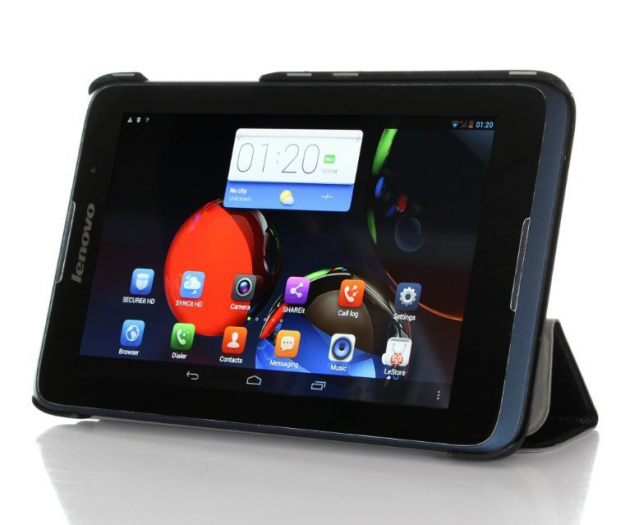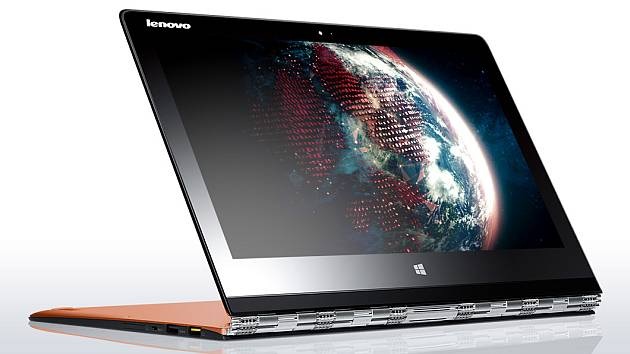Lenovo #1 In PCs. Now #4 in Smartphones Globally. Get The Low-down
The Lenovo Group may just surprise you having recently become the global leader in the combined Laptop and Tablet category. Doubtless the progress is more on the laptop side than the tablet side, but their involvement in two-form factor laptops that can turn into standalone tablets and laptops like the Lenovo Yoga 3 Pro as the thinnest 2-in-1 on the market attest to their consistent progress in the technology market.
Lenovo are steadily gaining ground on other PC manufacturers, tablet and smart phone makers. The second quarter 2014 / 2015 results show a 7 percent revenue increase with a 24 percent year-over-year leap in pre tax profit figures to $329 million on quarterly revenue of $10.5 billion. These numbers may not seem large next to Apple, but this is the Chinese manufacturer that is moving on up.
Gaining Market Leadership In Key Market Segments
Whilst other PC makers like Dell have been hit by repeated problems against lower-cost foreign competitors, and revenues in the PC and laptop market have been soft or falling, Lenovo is growing and taking market share as it does so. Once an also-ran in laptops, it now holds the number one position for units sold globally. When it comes to Lenovo smart phones, it may be a surprise to learn that they hold the number four position currently. This because whilst the smart phones have not been heavily targeting the America market yet, they are currently on a lot of retail store shelves in Asia and elsewhere.
Smartphone Growth
The smart phones are often to be seen alongside Lenovo laptops in computer stores and also stocked in separate general phone stores, so they get more exposure that one might expect. Lenovo's line of Android models at affordable price points is starting to get noticed. The specifications are often higher than comparative models from other manufacturers too in a like-for-like comparison.
Whilst fourth in units sold globally, Lenovo holds the number 1 position in China which is an enormous, voracious market. Twenty percent of the smart phone sales originate in other countries, but this is up from just 5 percent only one year before.
The interest in the China market was also shown by Apple recently when they were particularly pleased to have overcome their difficulties in marketing their iPhone range through a connection with China Mobile. The market is becoming more competitive in China and abroad as upstarts enter the market with their own budget Android models so entry into the Chinese market is needed to offset lost market share elsewhere.
Huawei and Xiaomi are aggressively marketing their own models too and they are far from alone. This is something that Samsung has also taken note of by increasing their own advertising spend to promote their dizzying array of smart phone models.
Motorola Mobility Purchase
The Lenovo purchase of Motorola Mobility from Google which completed on October 30th makes sense for the company who is serious about acquiring smartphone manufacturing know-how which may may not have already possessed. The purchase was made at a steep discount to what Google paid to acquire it in 2011 making it a rare stumble for Google and perhaps a good opportunity for Lenovo.
The purchase of Motorola which has continued to bleed red ink with stock write-downs and poorly performing models might seem odd for Lenovo. However, Motorola is still a very familiar brand in the Western markets which Lenovo has failed to penetrate well with smartphones under their Lenovo brand.
Customers in Europe, America and Canada still expect a Lenovo product to be a laptop, all-in-one PC, or something else x86 or x64 based, rather than an ARM-based smart phone or low-cost tablet sporting the Android OS. The Motorola acquisition therefore represents another way into these markets if the Lenovo smart phones fail to interest consumers because of brand identity issues.
Lenovo may also see some benefit from the recent success of the Motorola Moto E and Moto G models. Motorola is no laggard when it comes to smart phones; they sold 8.6 million phones back in Q2 2014. The management at Lenovo believe that they will be able to use their internal operational know-how to turn Motorola Mobility into a profitable entity within the next 1-2 years.
Tablets Bad Start, Better Today
The first tablets that Lenovo released were chunky, low-powered and disappointing. The side bezels were half the size of your hand. The latest models like the Lenovo A7 Tablet are slim, light and powerful. The price is often surprisingly low for a tablet and packs enough speed to please those buyers who want something simple without a hefty price tag.
Acquisition Another Path To Success
This isn't the only time that Lenovo has considered making an acquisition in order to get a foothold in a foreign territory. They stepped in and purchased the IBM personal computer business back in 2004 for $1.76 billion. Any robust ThinkPad branded PC that maybe was purchased believing IBM made it would have been sorely mistaken over the past decade. The power behind the ThinkPad brand has been Lenovo.
Lenovo also has had eyes on the IBM X86 Server business for its wider profit margins and business-focused customers. $2.6 billion was paid for this acquisition which was finally approved near the end of September. This will help give Lenovo a better position in the crucial U.S. market.
Laptop Sales A Mixed Bag
Whilst laptop and all-in-one sales in Asian markets are doing extremely well for Lenovo, the American market is a mixed blessing. Lagging in 3rd place behind HP and Dell, their units sold are only slightly ahead of Apple. Elsewhere, they compete well but the lack of penetration into the U.S. market is something that the company continues to make inroads towards.
Smartphones Targeting Budget End of the Market
With smart phones, emerging markets are where the money is at the lower end of the market where affordable Android phones dominate. Few people can afford the latest iPhone or Windows Phone there, though some Lumia phones are coming down in price in Asia presently.
The $150-350 market band is where the likes of Lenovo, Samsung, LG, HTC and Huawei eagerly compete. The margins are slim, the phone turnover is fast but the market is huge. Better profits lie in the top end of the market, but only Samsung with their Galaxy S5 and Galaxy Note ranges and Apple with their iPhone 6 and iPhone 6 Plus models can compete with state-of-the-art features that customers expect at a premium price.
Crucially, many of the global markets do not have mobile networks that heavily discount the cost of the phones when signing a contract for several years. In those countries that do, buyers change phones so frequently that they often prefer to buy a “pay as you go” phone without a contract and pay full price for the smart phone. Because of this, it tends to hold down what an affordable price is for consumers.




